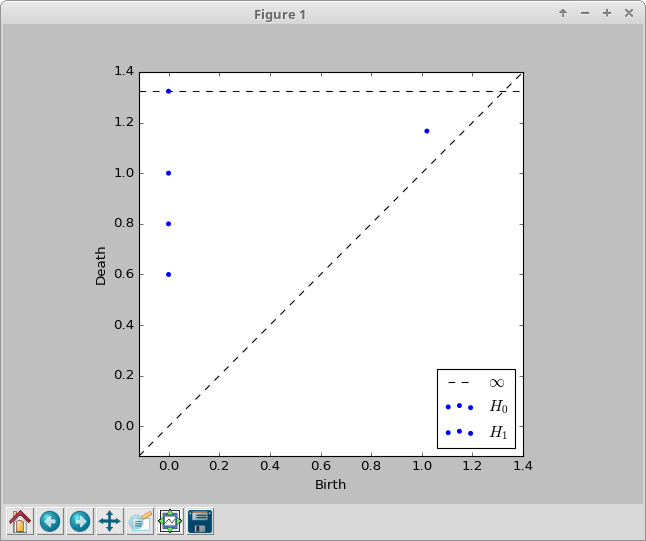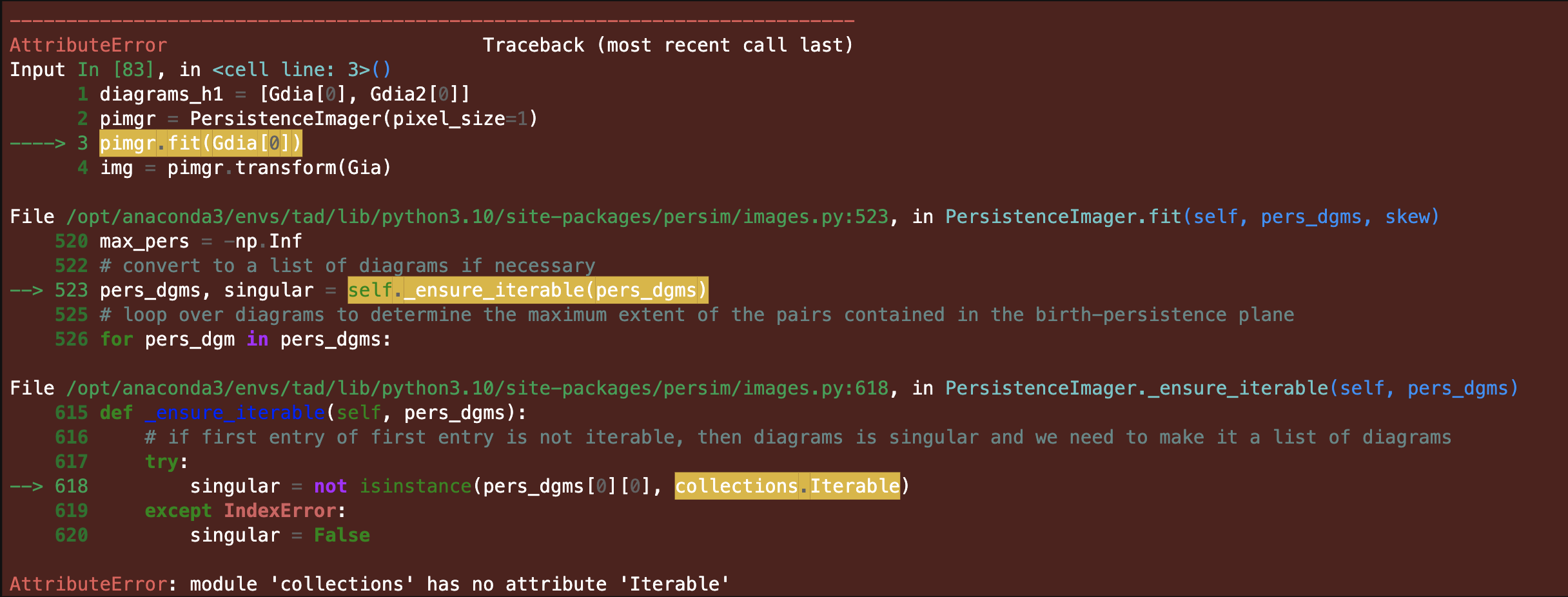Scikit-TDA is a home for Topological Data Analysis Python libraries intended for non-topologists.
This project aims to provide a curated library of TDA Python tools that are widely usable and easily approachable. It is structured so that each package can stand alone or be used as part of the scikit-tda bundle.
For complete documentation please checkout docs.scikit-tda.org.
If you would like to contribute, please reach out to us on github by starting a discussion topic, creating an issue, or reaching out on twitter.
To install all these libraries
pip install scikit-tda
If you would like to cite Scikit-TDA, please use the following citation/bibtex
Saul, Nathaniel and Tralie, Chris. (2019). Scikit-TDA: Topological Data Analysis for Python. Zenodo. http://doi.org/10.5281/zenodo.2533369
@misc{scikittda2019,
author = {Nathaniel Saul, Chris Tralie},
title = {Scikit-TDA: Topological Data Analysis for Python},
year = 2019,
doi = {10.5281/zenodo.2533369},
url = {https://doi.org/10.5281/zenodo.2533369}
}
This package is licensed with the MIT license.
Contributions are more than welcome! There are lots of opportunities for potential projects, so please get in touch if you would like to help out. Everything from code to notebooks to examples and documentation are all equally valuable so please don't feel you can't contribute. To contribute please fork the project make your changes and submit a pull request. We will do our best to work through any issues with you and get your code merged into the main branch.




